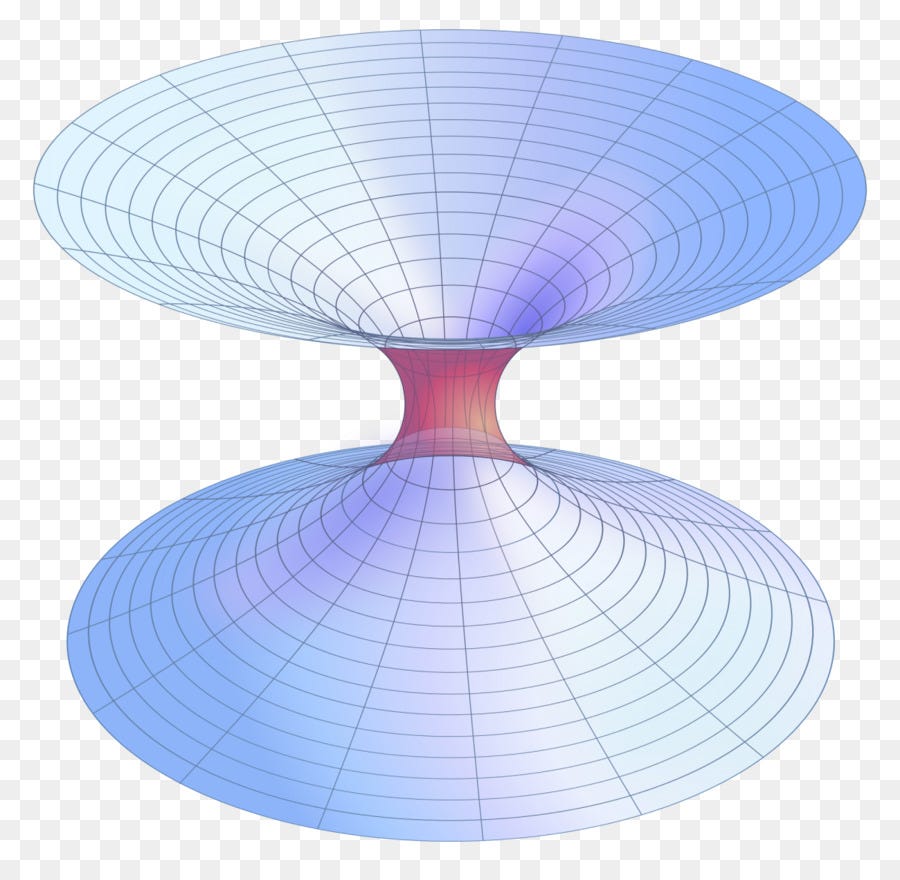
- NASA has just announced funding for eight ambitious new space projects, which include the development of new habitats far away from planet Earth, a magnetic force field system, a deep sleep chamber for astronauts travelling to Mars, and self-assembling outposts to act as stop-off points on the way to the Red Planet.
- If these all sound a little ‘out there’, it’s because they’re entries in NASA’s Innovative Advanced Concept (NIAC) Program — responsible for exploring far-off technologies that might one day prove invaluable in our exploration of space. Ideas chosen for NIAC not only need to sound cool and exciting on paper, they also need to be technically plausible.
- Let’s start with those deep sleep chambers, officially known as Vision System Torpor Habitat designs. As Gizmodo’s Ria Misra reports, it’s not quite a cryo-sleep chamber like the ones you might have seen in the movies — it’s more a chamber designed to medically support astronauts while in a state of deep sleep.
- NASA engineers want to explore how deep sleep could be used to keep astronauts refreshed, research the kinds of drugs that will help them along the way, and figure out how a spacecraft could be optimised to provide a comfortable, long-term sleeping environment, the agency says.
- It sounds a little vague, but that’s the whole point of the program — to be able to flesh out the details on ideas like this.
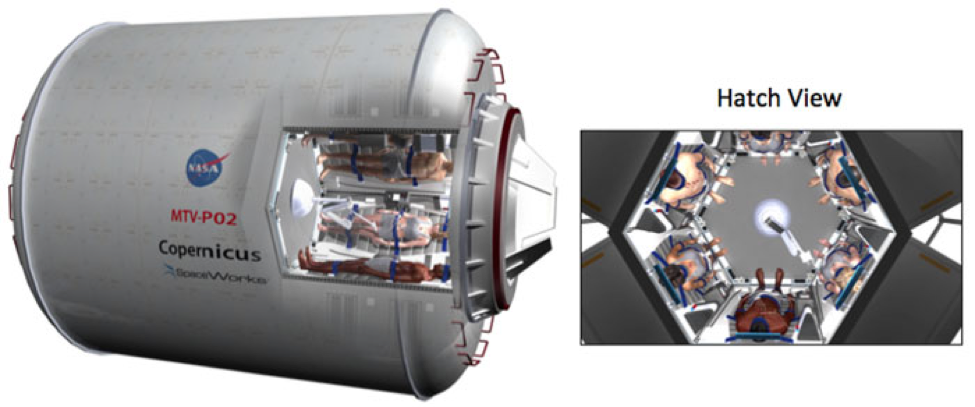
.
- Next up are the Growth-Adapted Tensegrity Structures (aka deep space outposts), that are going to be built by robots and help us humans get further out into space. The droids working on the temporary stop-off points could adapt them and repair them as required, so once NASA has cracked the basic technology, it can be used in all kinds of ways.
- The project is designed to tackle problems facing humans in long space flights, NASA says, including the effects of microgravity and ionising radiation. The new structures will provide artificial gravity and protect against radiation, and the first one is going to be constructed just outside Earth’s orbit.
- And what about when we finally make it to Mars? A proposed Magnetoshell will help us colonise the Red Planet by throwing a magnetic field around an approaching spaceship, acting as a second set of brakes — and reducing the amount of fuel needed to land. Less fuel means a lighter payload, plus less expensive spacecraft.
- In short, it makes it easier to land on planets and moons where the atmosphere isn’t so conducive to landing spaceships. Magnetised plasma would be used to reduce the atmospheric flow alongside a spacecraft while reducing the frictional heating associated with entering a planet’s orbit.
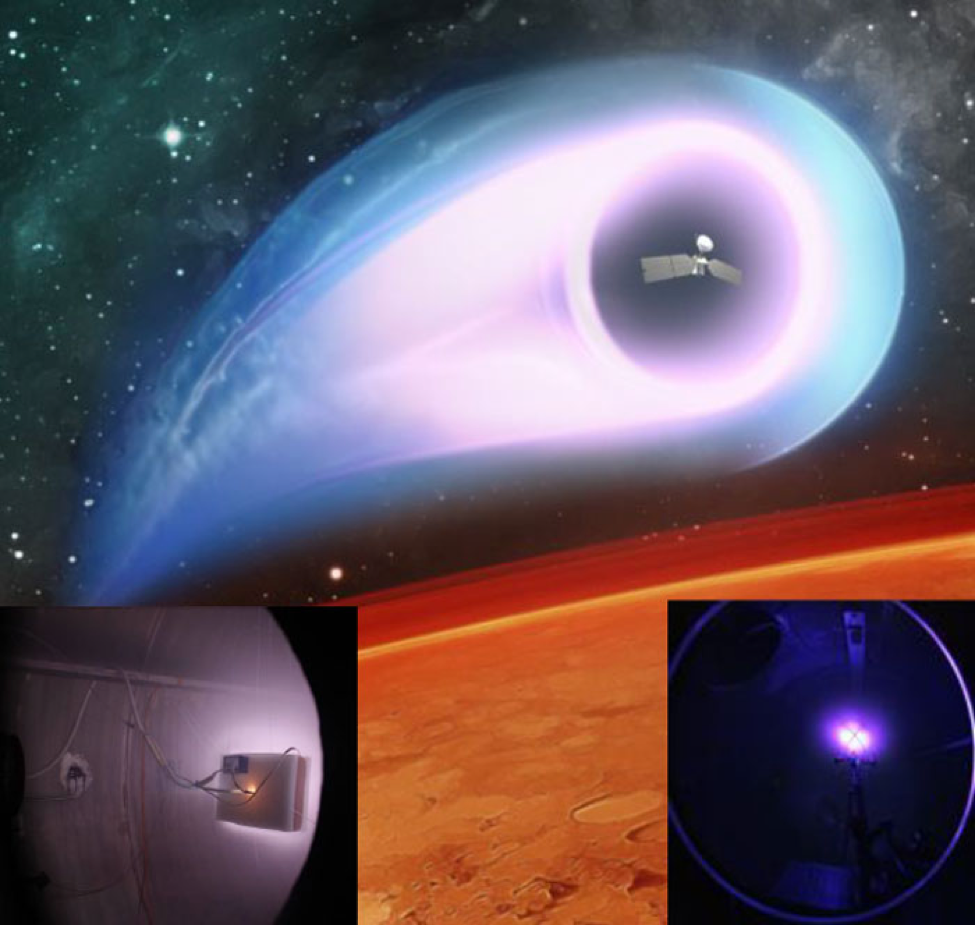
- Again, the plans are still at an early stage, but the technology could eventually benefit all kinds of spacecraft.
- The other projects to receive Phase II funding are a low-cost atmospheric satellite, two next-generation high-energy propulsion systems, a telescope that can reconfigure itself in space, and a new type of reflective coating that can reflect back the Sun’s rays in space.
- It’s worth making a mental note about these ideas — you’re going to be hearing a lot more about some of them in the years to come.

- Solar wind shapes the Earth’s magnetosphere and magnetic storms are illustrated here as approaching Earth. These storms, which occur frequently, can disrupt communications and navigational equipment, damage satellites, and even cause blackouts.
- According to the international space agencies, “space weather” is the single greatest obstacle to deep space travel. Radiation from the sun and cosmic rays pose a deadly threat to astronauts in space. New research shows how knowledge gained from the pursuit of nuclear fusion research may reduce the threat to acceptable levels, making humanity’s first mission to Mars a much greater possibility.
- The solar energetic particles, although just part of the ‘cosmic rays’ spectrum, are of greatest concern because they are the most likely to cause deadly radiation damage to the astronauts.
- Large numbers of these energetic particles occur intermittently as “storms” with little warning and are already known to pose the greatest threat to man. Nature helps protect the Earth by having a giant “magnetic bubble” around the planet called the magnetosphere.
- The Apollo astronauts of the 1960’s and 70’s who walked upon the Moon are the only humans to have travelled beyond the Earth’s natural “force field” — the Earth’s magnetosphere. With typical journeys on the Apollo missions lasting only about 8 days, it was possible to miss an encounter with such a storm; a journey to Mars, however, would take about eighteen months, during which time it is almost certain that astronauts would be enveloped by such a “solar storm”.
- Space craft visiting the Moon or Mars could maintain some of this protection by taking along their very own portable “mini”-magnetosphere. The idea has been around since the 1960’s but it was thought impractical because it was believed that only a very large (more than 100km wide) magnetic bubble could possibly work.
- Researchers at the Science and Technology Facilities Council’s Rutherford Appleton Laboratory, the Universities of York, Strathclyde and IST Lisbon, have undertaken experiments, using know-how from 50 years of research into nuclear fusion, to show that it is possible for astronauts to shield their spacecrafts with a portable magnetosphere — scattering the highly charged, ionised particles of the solar wind and flares away from their space craft.
- Computer simulations done by a team in Lisbon with scientists at Rutherford Appleton last year showed that theoretically a very much smaller “magnetic bubble” of only several hundred meters across would be enough to protect a spacecraft.
- Now this has been confirmed in the laboratory in the UK using apparatus originally built to work on fusion. By recreating in miniature a tiny piece of the Solar Wind, scientists working in the laboratory were able to confirm that a small “hole” in the Solar Wind is all that would be needed to keep the astronauts safe on their journey to our nearest neighbours.
- Dr. Ruth Bamford, one of the lead researchers at the Rutherford Appleton Laboratory, said, “These initial experiments have shown promise and that it may be possible to shield astronauts from deadly space weather.”
- Force Fields for Spacecraft Coming to a Galaxy Near You
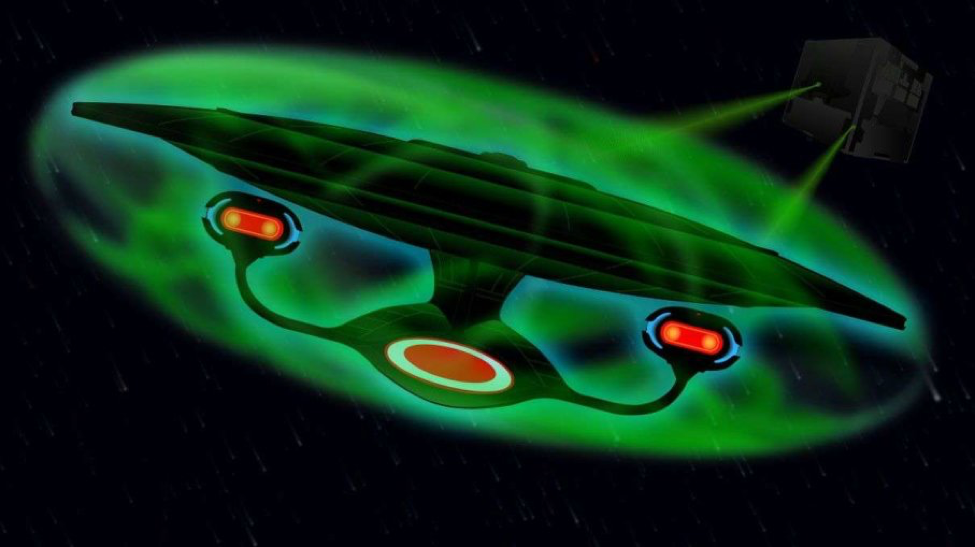
- Astronauts face myriad dangers in space, and at least one is perfectly familiar to the earthbound: cancer. The risk is so escalated that it stands firmly in the way of deep-space exploration. A European Union-funded research group is working to fix that.
- The European Space Radiation Superconducting Shield project, comprising scientists from seven European research organizations, is developing a force field.
- Technically, it’s a superconducting magnetic shield. Scientists want to surround a spacecraft with a magnetic field something like the magnetosphere that surrounds Earth, which helps protect the planet from the cosmic rays that bombard astronauts in space.Cosmic rays, the ones that gave the Fantastic Four their superpowers, are highly energized, charged subatomic particles. They include solar energetic particles expelled by solar flares and galactic cosmic rays produced by events like supernovas. Galactic cosmic rays are the most problematic in the radiation context. Speaking to Wired in 2014, Dr. Francis Cucinotta, a health physics professor with the University of Nevada, Las Vegas, said among radiation types, galactic cosmic radiation creates especially aggressive tumors.
- To keep cancer risks down, NASA caps mission durations to roughly five months. A quick trip to Mars and back would take at least 16 months.
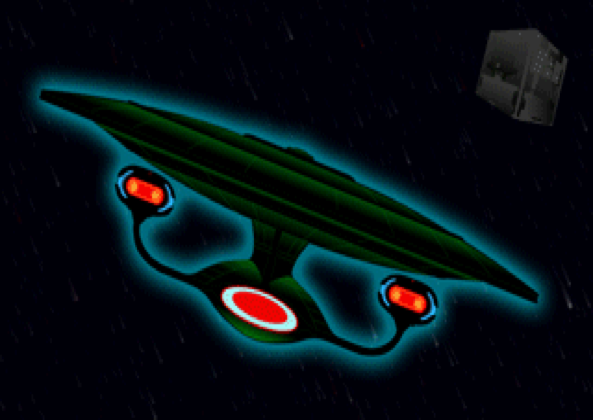

- Spacecraft currently have shielding, but it’s the passive type, according to Dr. Amalia Ballarino, a project scientist from consortium member CERN, the European Organization for Nuclear Research.
- “Spacecraft are built with specific materials that mitigate the effect of radiation,” writes Ballarino in an email. However, passive shielding isn’t effective against the most damaging radiation sources. Galactic cosmic rays, which originate beyond our solar system, move so fast these shields can’t stop them.
- The Space Radiation Superconducting Shield, or SR2S, is an active-shielding approach. It would use superconducting magnets to generate a magnetic field 3,000 times stronger than the one protecting Earth. Magnetic fields alter the paths of charged particles. SR2S would create a 30-foot (10-meter), cosmic-ray-deflecting force field around a spacecraft.
- “The magnet system must be light and stable,” says Ballarino. “Different magnets and coil configurations have been studied.” Scientists developed a specific conductor for the application, titanium-clad MgB2. The resulting magnetic shield wouldn’t block everything, but it would reduce an astronaut’s radiation dose to what Ballarino calls “acceptable levels,” making deep-space travel ethically possible.
Closer to Home
- The success of active shielding also has broader implications. NASA limits astronauts to a 3-percent increase in their risk of dying from cancer. Once they’ve absorbed enough cosmic radiation to meet that limit, they can’t go back to space (on NASA’s dime, at least). Ineffective shielding dramatically shrinks the pool of candidates who qualify for certain mission types.
- It also promotes a gender bias in candidacy. Women have a lower radiation threshold than men due to the unique risks associated with breast, uterine and ovarian cancers. This means women meet the 3-percent mark faster than their male colleagues. Women are automatically out of the running for up to half of all missions due to anatomy.
- The SR2S project expects to demonstrate the viability of the superconducting magnetic shield by the end of 2015, says Ballarino, which is when the project ends. If successful, project literature estimates real-world implementation within 20 years.
Portable force field could protect future spaceships
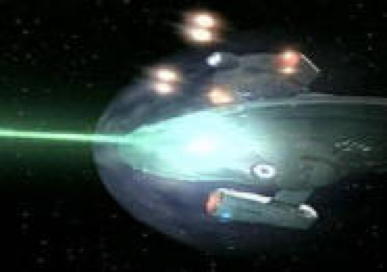
- Force field protection of spacecraft or battleships and aircraft is the stuff of Star Trek and science fiction motion pictures. Usually.
- Researchers said today that it is possible to for astronauts to protect their spacecrafts with a portable system known as a magnetosphere that cold keep space environmental threats such as solar wind and flares away from their ship.
- The idea is to create a system that would scatter highly charged, ionized particles of nuclear fusion would create a magnetic bubble that could protect spacecraft hurtling through the cosmos. Researchers at the Science and Technology Facilities Council’s Rutherford Appleton Laboratory, the Universities of York, Strathclyde and IST Lisbon, have undertaken experiments, using 50 years of research into nuclear fusion, to show such a portable system is possible.
- Computer simulations done by a team in Lisbon with scientists at Rutherford Appleton last year showed that theoretically a very much smaller magnetic bubble of about several hundred feet across would be enough to protect a spacecraft, the group said in a statement. By recreating in miniature a tiny piece of the Solar Wind, scientists working in the laboratory were able to confirm that a small “hole” in the Solar Wind is all that would be needed to keep the astronauts safe. from deadly space weather.
- Researchers said solar energetic particles, although just part of the cosmic rays spectrum, are of greatest concern because they are the most likely to cause deadly radiation damage to the astronauts. Large numbers of these energetic particles occur intermittently as storms with little warning and are already known to pose the greatest threat to man. The Earth is protected from such storm by its own magnetosphere, researchers noted.
- On a flight to Mars, which would take about eighteen months, astronauts would certainly encounter solar storms and other threats, researchers said.
- According to the researchers the idea of a portable magnetosphere has been around since the 1960’s but it was thought impractical because it was believed that only a very large (like 328,000ft) magnetic bubble could possibly work and the electrical voltage required to protect people would be unworkable, researchers said.
- NASA has worked on similar portable shields. On its Web site, the space agency said : It sounds wonderful, but there are many scientific and engineering problems yet to be solved. For example, skeptics note that an electrostatic shield on the Moon is susceptible to being short circuited by floating moondust, which is itself charged by solar ultraviolet radiation. Solar wind blowing across the shield can cause problems, too. Electrons and protons in the wind could become trapped by the maze of forces that make up the shield, leading to strong and unintended electrical currents right above the heads of the astronauts.
Force Fields was originally published in Exponential Technologies / Industrial Revolutions Based Infrastructure on Medium, where people are continuing the conversation by highlighting and responding to this story.
